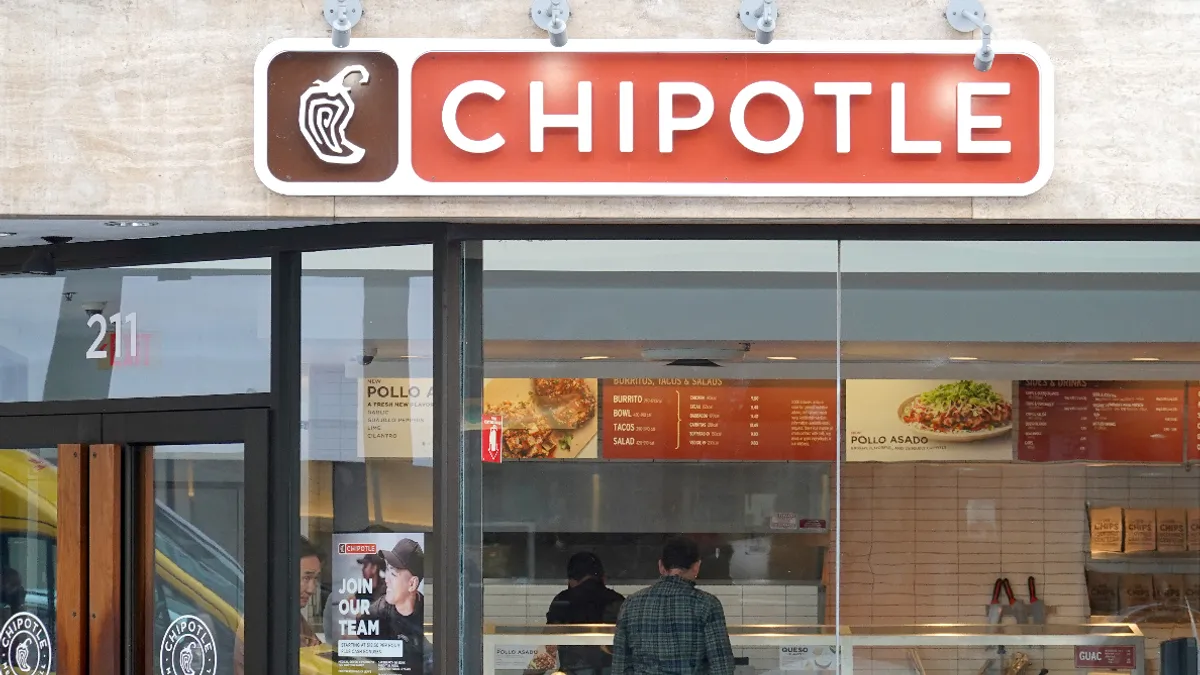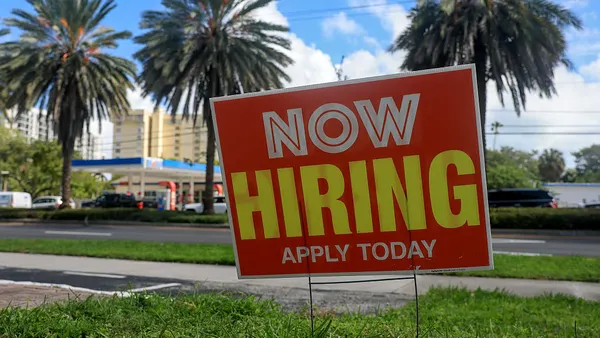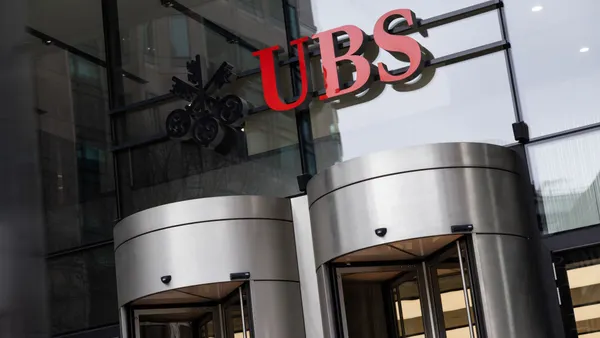With business processes flowing through software platforms, how quickly systems can be updated to respond to challenges can impact financial performance.
Chipotle CTO Curt Garner says his company has worked since 2019 to speed up its development cycle, and the pace accelerated during the pandemic. Today, the restaurant chain is sometimes deploying software multiple times a day, on track to execute 500 deployments this year across its digital ecosystem, including mobile, web, Chipotle Rewards, and the backend systems that operate the platforms.
"Our view has always been that the thread of digital needs to be pulled through the entirety of the experience," Garner said in an interview with CIO Dive. "It's not enough to have a great interactive app or website if you fall down at the delivery of the product or the experience of guests."
Large companies struggle to achieve a nimble software development cadence — with enterprise applications often lagging behind the development pace of more consumer-geared apps. Chipotle has improved how quickly it can adjust digital platforms by leaning on Agile methodologies and establishing year-over-year expectations for improvement.
Forrester research shows the difficulties of achieving Agile practices at scale. Just one-quarter of professionals say their teams are “highly proficient” in Agile practices, according to a survey released in April.
High performers are in the minority, with just 7% saying their teams are 100% proficient, the study found.
To measure improvements, Chipotle's tech organization took inspiration from a key metric in the restaurant industry: comparable sales, which helps businesses get a sense of performance in the context of similar stores.
"We've got the same philosophy on the technology teams: we need to get 10% better every year," said Garner. "That's how these development patterns have grown across the company as well."
Quick service software
A key part of Chipotle's strategy, laid out in 2020, was the addition of Chipotlanes — its take on the drive-thru. The company planned to finish 2020 with 165 new Chipotlanes, and currently has 430 of them up and running, according to CEO Brian Niccol during the Q2 2022 earnings call on July 26, for the quarter ending June 30.
Chipotlanes are different from a first-in, first-out drive-thru. Instead, they operate on an invisible queue of orders. Thus, digital systems are critical for smooth coordination.
"A lot of those releases are around tuning the experience both for the consumer as well as for the crew member," Garner said. Updates to the logistics software let the company get a more accurate time estimate on orders.
To accelerate development, leaders contend with multiple barriers. One is access to talent, an issue that cuts across enterprise technology goals writ large as top talent heads for the exit.
Another is regression, as the habit of a Waterfall approach to software development has staying power. Waterfall methodologies were present in 43% of companies surveyed by Forrester during Q4 of 2021, up from 29% during the same period in 2019.
For Chipotle, frequent deployments mean more chances to customize experiences, as stores in one region may have different needs than in other places.
"The most significant advantage of these frequent changes across the platform is to be able to respond very quickly to changes in the marketplace," Garner said.















